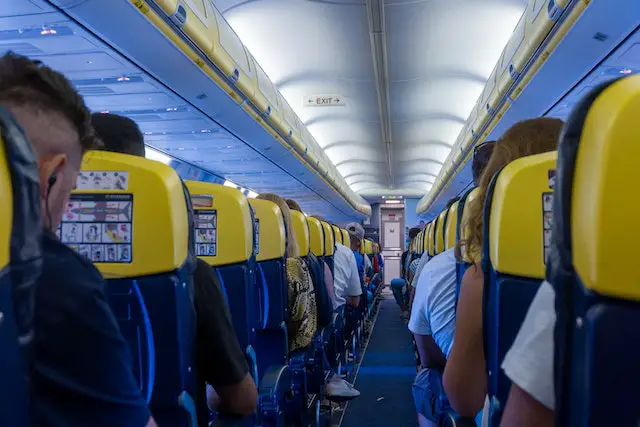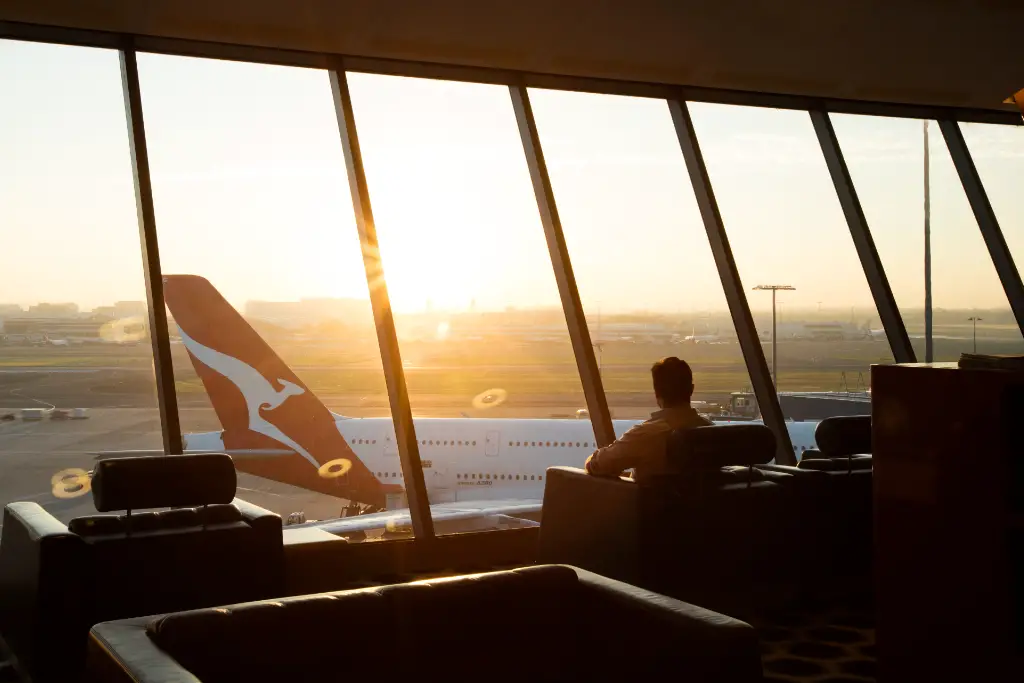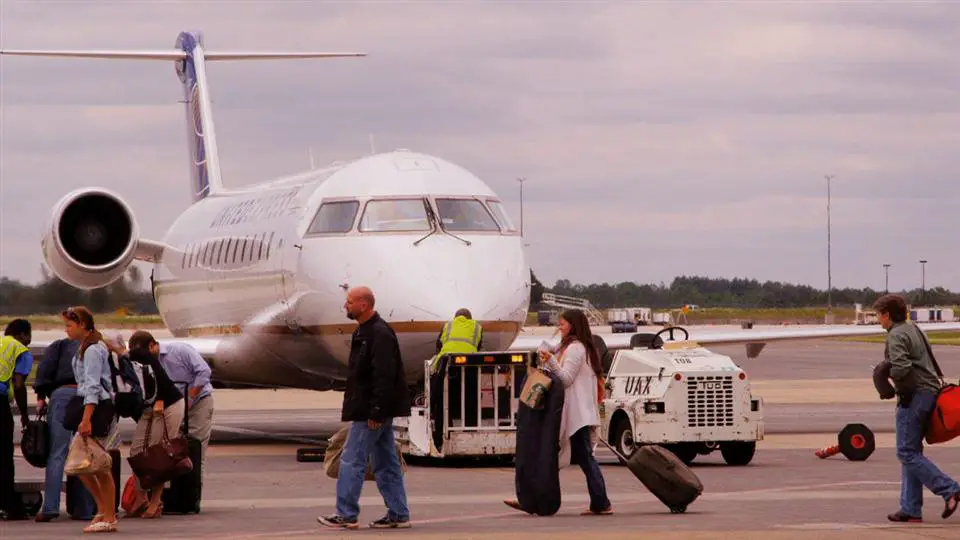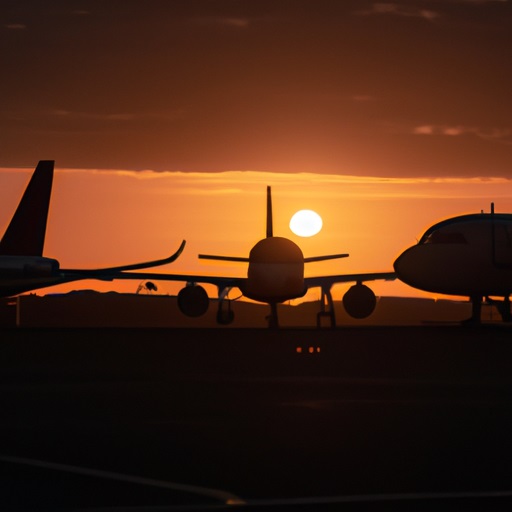
Airline Classes: Overview of Services, Business and Strategy
The airline industry is highly competitive and dynamic, with several airlines constantly striving to differentiate themselves from their competitors and improve their bottom line. One way in which airlines achieve this is by offering different classes of service, each with its own set of features, amenities, and pricing.
The four most common classes of service on flights are Economy, Premium Economy, Business, and First Class. Each of these classes caters to a specific market segment and offers a different level of comfort and luxury.
Economy class
Economy class is the most basic and affordable option for passengers. It is designed to cater to budget-conscious travelers looking to get from one place to another without breaking the bank.
Typically, economy class seats are smaller and more tightly packed together, with fewer amenities and services than the other classes. Airlines generate revenue in this class by filling more passengers onto the plane, which maximizes the use of the limited space available. For example, Delta Airlines has 108 seats in economy class on its Boeing 737-800 aircraft, while it has only 16 seats in first class and 36 seats in comfort plus (Delta’s premium economy option).
Premium economy class
Premium Economy Class is a relatively new category of air travel that has become increasingly popular over the last few years. It is designed to bridge the gap between Economy and Business Class, offering passengers a more comfortable and spacious experience than traditional Economy, but without the high price tag of Business or First Class.
Premium Economy Class typically offers larger seats, more legroom, and better amenities than Economy, including extra storage space, a larger entertainment screen, and better meal options.
The introduction of Premium Economy Class has been a successful business strategy for airlines as it allows them to generate additional revenue from customers willing to pay a premium for a more comfortable experience without the cost of a full Business or First Class ticket. Some of the most popular premium economy seating classes are offered by Singapore Airlines, Lufthansa, Qantas, Cathay Pacific, and ANA.
Additionally, airlines can offer this seating on long-haul international flights, attracting more budget-conscious leisure travelers looking for more comfort on long journeys but not requiring the amenities of Business or First Class.
Business class
Business class is a step up from economy or premium economy class and is aimed at travelers who are willing to pay a premium for more comfort and amenities.
Business class seats are larger, more comfortable, and often feature more legroom, recline, and personal space. Airlines generate revenue in this class by charging a higher fare and catering to the needs of corporate travelers, who are willing to pay more for a more comfortable and productive travel experience. In addition, airlines offer more personalized service and amenities such as priority check-in, dedicated lounges, upgraded meals, and more.
First class
First class is the most luxurious and expensive class of service, designed to cater to the needs of high-end travelers who demand ultimate comfort, privacy, and luxury.
First class seats are the largest and most comfortable and often feature a fully flat bed, a personal entertainment system, and other premium amenities. Airlines generate revenue in this class by charging a premium fare and catering to the needs of the most affluent travelers.
Business strategy behind airline classes
The business and strategy behind airline classes are all about revenue maximization and market segmentation.
Cater to different passenger segment
By offering different classes of service, airlines can cater to the needs of various passenger segments and generate more revenue from each flight.
By offering different classes of service, airlines can meet the needs of both types of travelers. For example, a business traveler may be willing to pay more for a more comfortable and productive travel experience. In contrast, a leisure traveler may focus more on finding the lowest possible fare.
Opportunity to upsell personalized service and amenities
Furthermore, by segmenting the market, airlines can offer more personalized service and amenities, creating a more premium travel experience for higher-paying customers. This allows airlines to differentiate themselves from their competitors and attract a more profitable customer base.
Which seating class is the airline’s priority from a business perspective?
From a business perspective, the priority for an airline is always the seating class that generates the most revenue and profit for any particular flight route. Generally, first and business-class tickets generate more revenue than economy class, but the cost of providing the additional amenities and services is also higher.
Therefore, airlines must carefully consider factors such as customer demand, route profitability, and competition when deciding how to prioritize their classes of service. For example, an airline may prioritize business class over other classes if it operates on routes that primarily serve business travelers.
On the other hand, if an airline operates on routes that primarily serve leisure travelers and tourist destinations, they may prioritize economy class as these passengers may be more price-sensitive.
Ultimately, the airline’s priority should be to find the right balance between offering a competitive product that meets the needs of its customers while also maximizing profitability.
Final thoughts
In conclusion, the business and strategy behind airline classes are about maximizing revenue by catering to the needs of different passenger segments.
By offering different levels of comfort, amenities, and personalized service, airlines can attract and retain a more profitable customer base, differentiate themselves from their competitors, and improve their bottom line.
Beyond its jet set style and luxurious first class accommodations, Pan Am was one of the first airlines that shaped a modern economy class and opened up ...
One of the most important decisions that airlines have to make is how to allocate their cabin space among different classes of service. The cabin class mix ...
Many wonder about the difference between business class vs first class flights. Learn the difference and how to pick the best option for you in this post. ...
What was once a matter of which airlines offer the “in-between” cabin is now a matter of which airlines do not boast the now much more commonplace premium ...
Next-generation sales tactics for plane tickets haven't yet materialized. Airlines and technology firms have been slow to adopt new technologies, prices, ...
Delta, United and American have now all announced versions of basic economy – which basically means sitting in a middle seat in the back row, unable to sit ...
Product mix has been calculated to represent about one-third of the opportunity for increased profitability in most industries. At airlines, however, its value ...
Which part of the plane gets you the most bang for your buck? You might pay three times as much for 45% more space. Source: First Class vs. Coach: A Game of ...
At prices nearly ten times as much as their coach equivalents, the profit margins are literally sky high. The answer, it turns out, is both yes and no. First ...
Airlines have found a new way to generate substantial revenues and profits - premium economy class. This cabin class, which falls between regular economy and ...
Delve into the world of airline classes and learn how they cater to the needs of budget-conscious and high-end travelers alike.
For carriers, the whole package costs much less than business class. That means they only need to spend a bit extra to generate higher fares than tourist class ...













